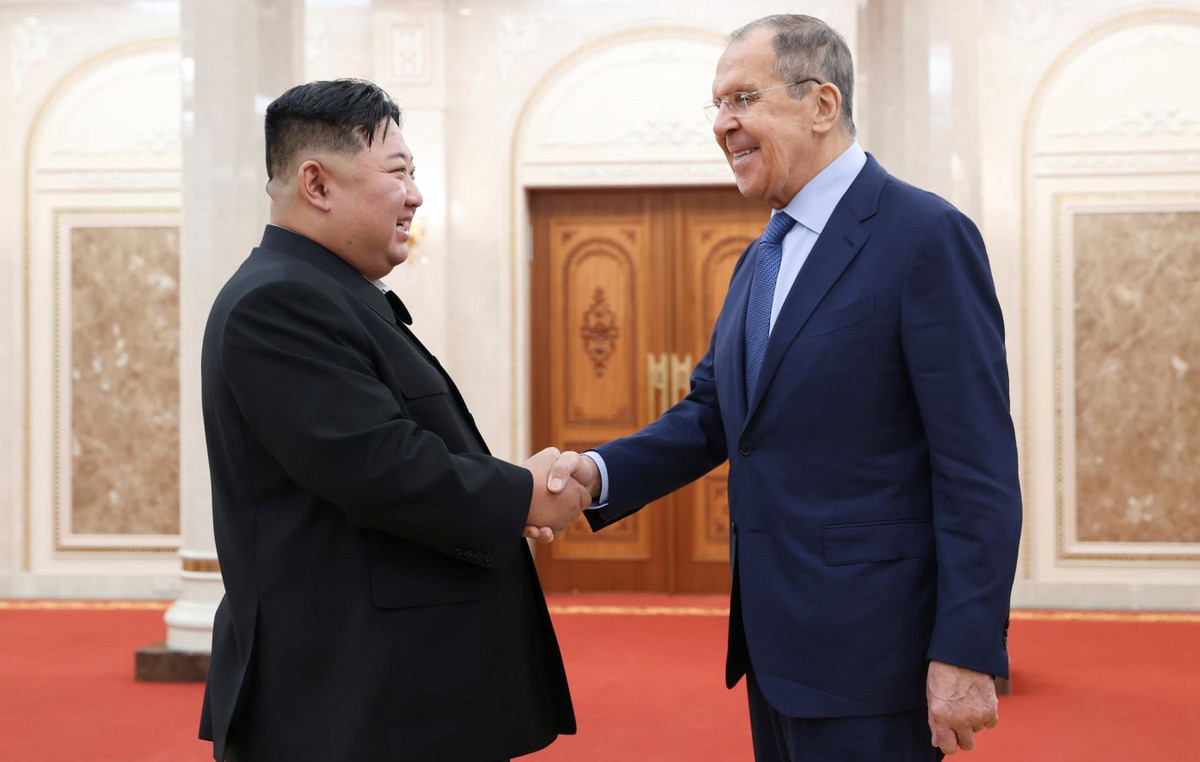The concentration of greenhouse gases in the atmosphere, responsible for climate change, reached record levels in 2022, a growing trend that does not appear to be reversed, warned the United Nations (UN) this Wednesday (15).
Last year, global average concentrations of carbon dioxide (CO2), the main greenhouse gas, exceeded pre-industrial levels by 50% for the first time.
In the case of CO2, the concentration can only be compared to that recorded 3 to 5 million years ago, when the temperature was 2 to 3 degrees higher and the sea level was between 10 and 20 meters higher.
Everything indicates that this trend continued this year and should persist in the near future, according to new data released this Wednesday by the World Meteorological Organization (WMO), the scientific arm of the United Nations.
The annual greenhouse gas bulletin is released two weeks before the UN’s major annual climate conference, COP28, from November 30 to December 12 in Dubai.
Methane concentrations and nitrogen oxide levels also reached record levels in 2022 and recorded the largest annual increase ever observed.
“Despite decades of warnings from the scientific community (…), we continue in the wrong direction,” said WMO Secretary-General Petteri Taalas.
The goal of the 2015 Paris Agreement is to limit global warming to less than 2 degrees Celsius since the pre-industrial era, and to 1.5 °C if possible.
According to a previous UN report, the planet’s average temperature in 2022 was already 1.15 °C above the pre-industrial era.
“The current level of greenhouse gas concentrations leads us to an increase in temperatures well above the Paris Agreement targets by the end of the century,” warned Taalas.
In parallel with this increase in temperatures, there will be more extreme weather phenomena, such as heat waves, floods, melting glaciers and the rise and acidification of oceans, explained the Finnish meteorologist who has led the WMO for the last eight years and who will hand over the position to his successor in the coming weeks, Argentine Celeste Saulo.
“Weather conditions will become more extreme and we will witness a sharp increase in socioeconomic and environmental costs,” added the WMO official.
“There is no magic solution”
In 2022, the atmospheric concentration of carbon dioxide was 417.9 parts per million (ppm), methane was 1,923 parts per billion (ppb) and nitrous oxide was 335.8 ppb, an increase of 150 %, 264% and 124%, respectively, compared to the year 1750.
Carbon dioxide, responsible for about 64% of the climate’s warming effect, comes mainly from the burning of fossil materials and cement production, according to the WMO.
As long as emissions continue, CO2 will continue to accumulate in the atmosphere and cause a rise in global temperatures.
Taking into account the lifetime of CO2, the warming already observed will persist for several decades, even if net emissions are rapidly reduced to zero.
“There is no magic wand to remove excess carbon dioxide from the atmosphere,” said Taalas, who considers it “urgent to reduce the consumption of fossil fuels.”
Methane, which contributes 16% to global warming, is a powerful greenhouse gas that remains in the atmosphere for about ten years.
Its growth rate last year was slightly lower than the record rate seen between 2020 and 2021, while being significantly higher than the average annual growth rate of the previous ten years.
As for the rate of increase in nitrous oxide last year, responsible for about 7% of warming, “it has never been higher in modern times.”
Source: CNN Brasil
Bruce Belcher is a seasoned author with over 5 years of experience in world news. He writes for online news websites and provides in-depth analysis on the world stock market. Bruce is known for his insightful perspectives and commitment to keeping the public informed.







